
Renault Triber: Variants And Features Revealed
- Aug 28, 2019
- Views : 11962

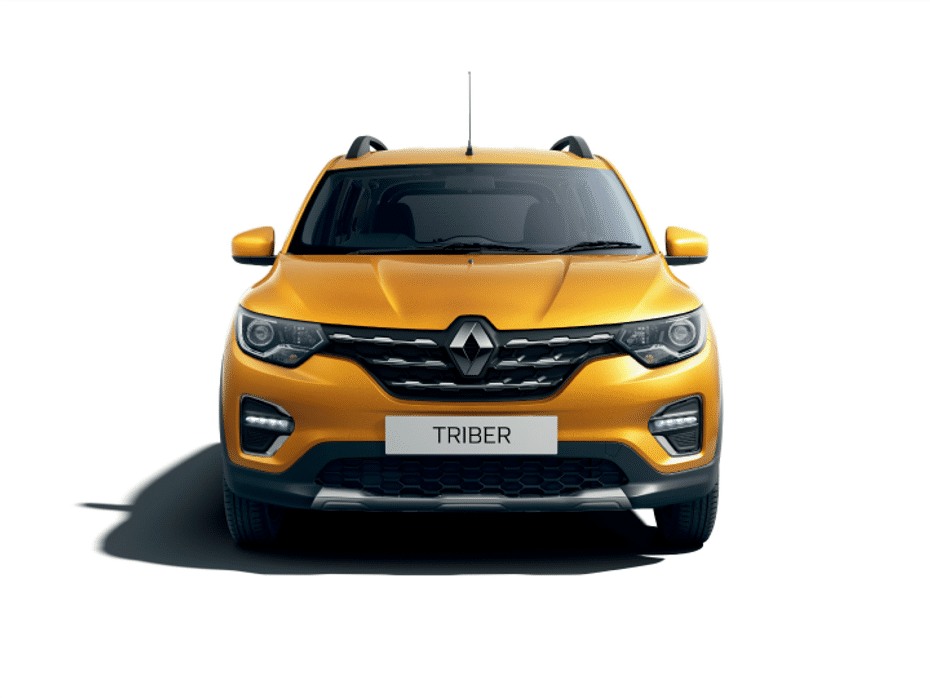
Before we get to what the Triber is like, we have to address an important question. What is it? A hatchback on steroids? A scaled down MPV? A compact SUV? Well, there's no straightforward answer to this. But we'd say it's a large, tall hatchback with an additional row of seats for occasional use. And it's banking on its assurance of versatility to lure you in.
Step In
Once you're in, you will be pleasantly surprised by the quality of plastics. Compared to the Kwid, there's a tangible improvement and fit-finish seems to have been taken care of as well. But focus! Let's talk about space.
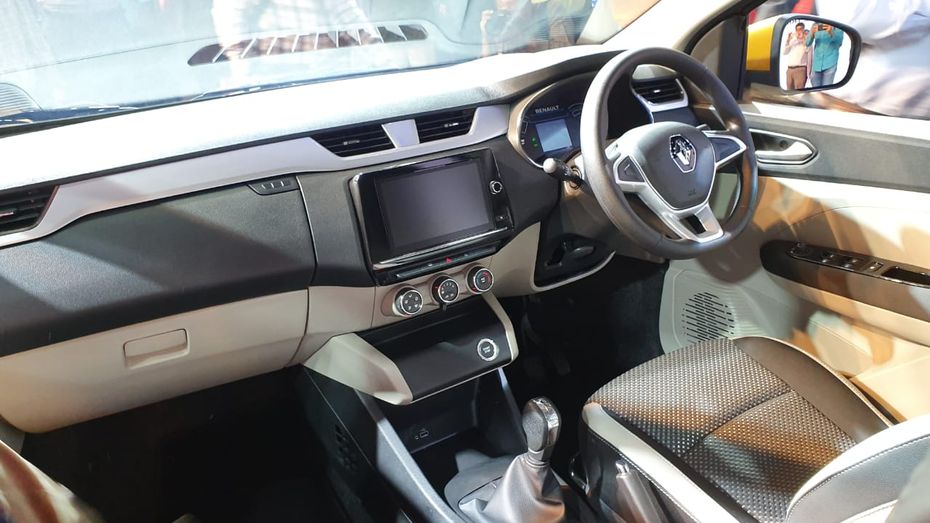
The front seats are Kwid-like, meaning they're slightly narrow, don't have an adjustable headrest and can't be adjusted for height. The cushioning, however, feels sufficient. It's the second row that adds versatility to this package. Here, knee room seems just about adequate for a six-footer to sit behind his own driving position. And the second row can slide (by 190mm) and even recline to let you unwind. There's a one-touch tumble facility too that lets you access the third row.
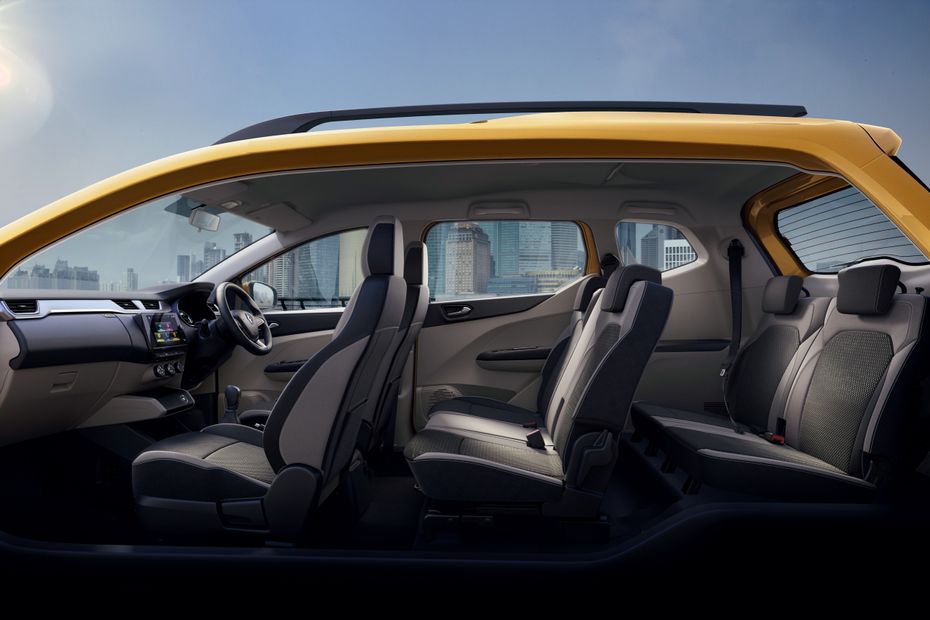
And yes, this sub-4 metre car actually packs a third row. What? Don't fancy it? Remove it! Renault's billing these seats as 'Easy Fix', meaning you can get them out without a hiccup should you want to. These seats should come in handy for kids. Adults will struggle here, and making them comfortable will involve sliding the second row forward; compromising space there. Thankfully there's no real dearth of headroom here as the roof has been raised thoughtfully.

What's also appreciable about the Triber are the little details. The second row gets dedicated AC vents on the B-pillar, while third row AC vents are mounted on the roof. And they don't just draw air from the front of the cabin. The Triber features a secondary evaporator coil for quicker cooling, and there's blower speed control too. Third row occupants get an armrest and a 12V socket as well.

In the front half of the cabin, you'd be happy with storage on offer. The twin gloveboxes, the cooled central glovebox, the shelf below the air-con controls and the bottle holders are very handy. Then there's the boot, which based on your needs, offers 84 litres (7-seater), 320 litres (6-seater) or 625 litres (5-seater). You can even tumble the second row and have enough space to camp for the night.
Stand Out

On the design front, the Triber looks sombre and not in your face. We're sure families would appreciate this. There's no shrugging off the resemblance to the Kwid, especially when viewed from the front. Projector headlamps and daytime running lamps give the Triber some bling. But surprisingly, fog lamps have been given a miss. Compared to the front, the rear is simpler with the large ‘T R I B E R’ badging and tail lamps drawing your attention.
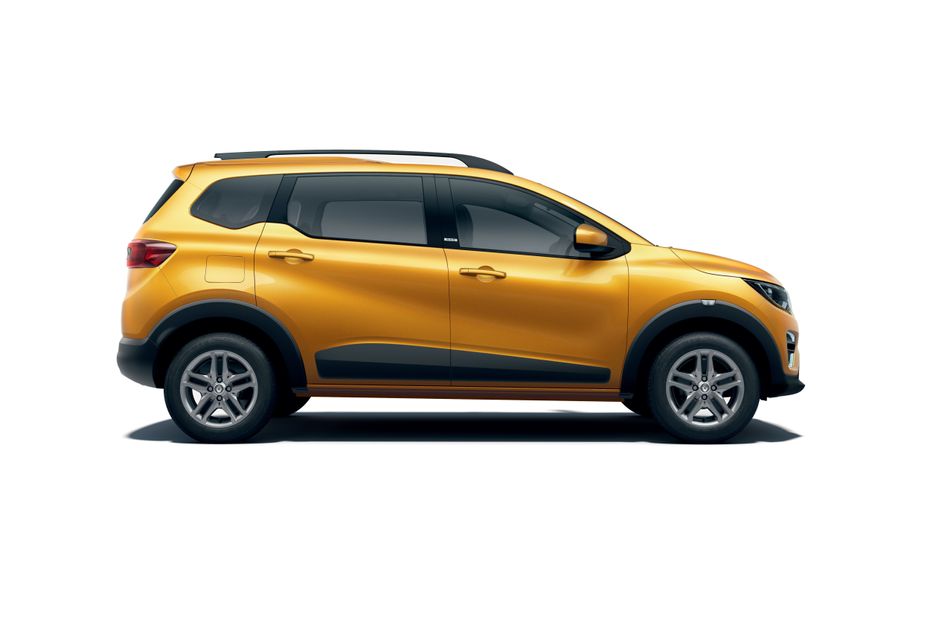
There's matte black cladding, faux skid plates and roof rails that makes it look robust. And the roof rails serve a purpose too; it can take up to 50kg of weight. That said, there's some weird cost cutting involved too. For instance, the 15-inch wheels may look like alloys, but they're steel pressed rims with wheel caps. The black 'cladding' on the door pads is nothing more than a decal. Thankfully, Renault will sell you alloy wheels and proper cladding as optional extras.
Feel Good?
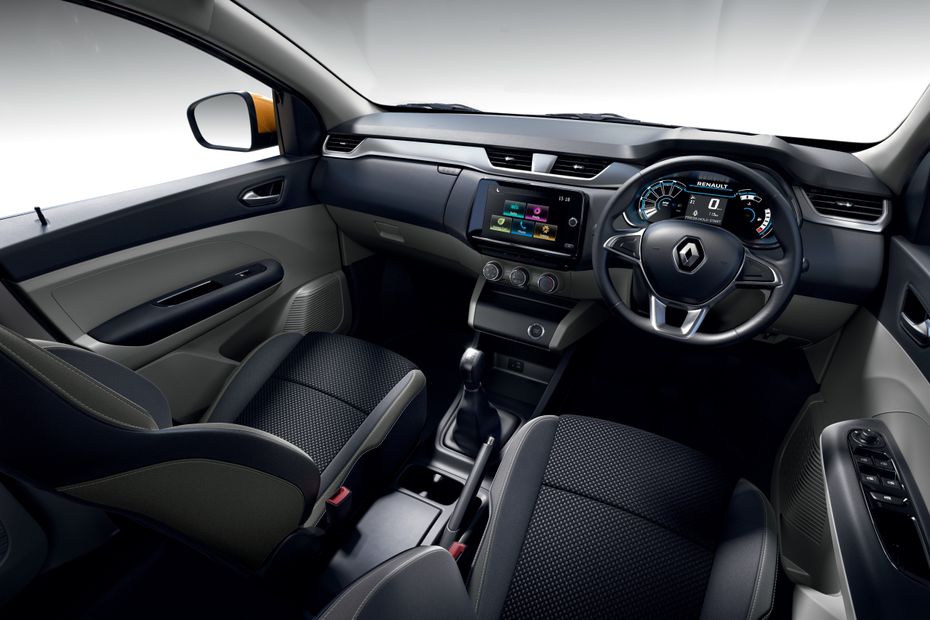
To Renault's credit, the basics have been well cared for. There’s a remote key, a start-stop button, an 8-inch touchscreen system with Android Auto and Apple CarPlay as well as a reverse parking camera. It does well on safety too, with the top-spec variant offering four airbags. We’re expecting dual airbags and ABS with EBD to be on offer right from the base variant.
That’s not to say corners have not been cut. You will miss out on automatic climate control and steering-mounted audio controls. Renault could’ve offered some feel-good elements too, including passive keyless entry, auto headlamps and maybe an auto-dimming rearview mirror.
Power Packed?
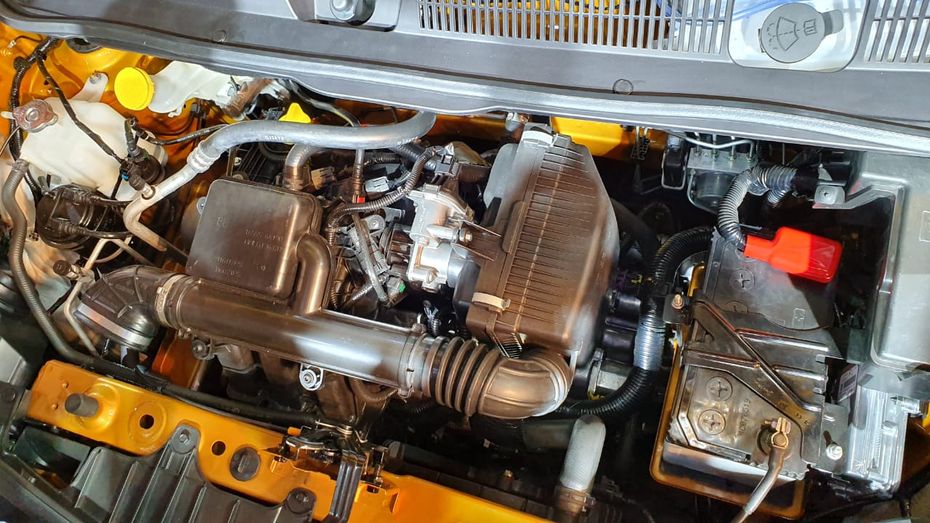
The Triber packs a 1.0-litre, 3-cylinder engine that makes 72PS of power and 96Nm of torque. This engine is from Renault’s ‘Energy’ series that also powers the Clio and the Sandero in overseas market. Compared to the Kwid’s 1.0-litre engine, this one features dual variable valve timing that gives it some extra oomph. Transmission options will include a 5-speed manual as well as an AMT.
This is where the Triber might raise a few eyebrows. Is 72PS enough for a seven-seater? Won’t it struggle on inclines? Well, we have these questions too, and we’ll be answering them in our first drive report shortly.
Bottom Line
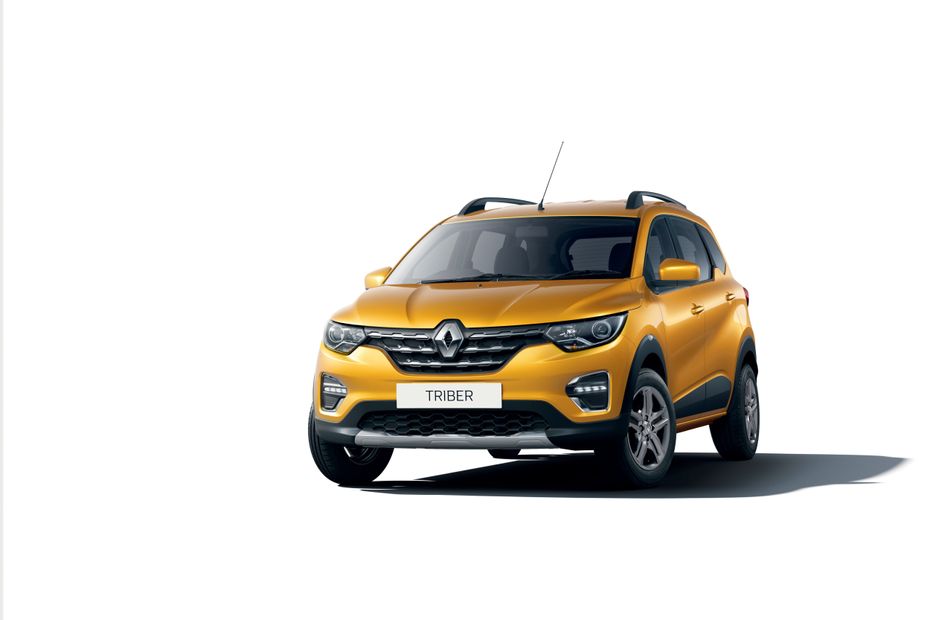
#ZigSays the Triber is a humble, down to earth family car with a few feel-good elements thrown into the mix. Its appeal lies in its simplicity. Yes, it has traded a few flashy features for the sake of convenience and practicality. And that compromise should be acceptable to quite a few.
We expect Renault to price it aggressively considering how frugally planned the equipment list is, and more importantly, how simple the Triber’s recipe is. The Triber is expected to go on sale by mid-July. Likely to be priced between Rs 5 lakh to Rs 7.5 lakh (ex-showroom), it will take on conventional hatchbacks such as the Maruti Suzuki Swift, Hyundai Grand i10 and the Ford Figo head on. Plus, it will also face heat from the top-spec trims of budget hatchbacks such as the WagonR, Santro and the Tiago.
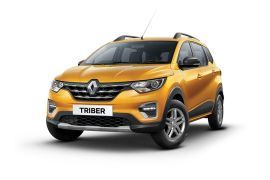

Renault Triber: Variants And Features Revealed

Renault Triber vs Rivals: Spec Comparison

Renault Triber 7-seater MPV: 5 Things To Know

Renault Has Confirmed The New-gen Kiger And Triber For India Launch...

Renault Kwid, Triber, And Kiger Get A Cool Looking Night and Day...

Made-In-India Renault Triber Re-Tested By The Global NCAP, Scores A...

Renault-Nissan Group Reveals Future Strategy With Next-gen...

Renault Triber Celebrates 1 Lakh Sales With A Limited Edition Trim
 Renault Kiger
Renault Kiger
 Maruti Ertiga
Maruti Ertiga
 Nissan Magnite
Nissan Magnite
 Maruti Brezza
Maruti Brezza
India's largest automotive community
 Here Is A List Of SUVs Coming To The Indian Market In 2025
Here Is A List Of SUVs Coming To The Indian Market In 2025
 Check Out The List Of The Top 5 SUVs Showcased At The Auto Expo 2025
Check Out The List Of The Top 5 SUVs Showcased At The Auto Expo 2025
 Auto Expo 2025: Toyota Hilux Black Edition Explained In 10 Images
Auto Expo 2025: Toyota Hilux Black Edition Explained In 10 Images
 India’s Most Affordable Car, The Vayve Eva Is Priced From Rs 3.25 Lakh! Here Is A Look At All Of Its Variants!
India’s Most Affordable Car, The Vayve Eva Is Priced From Rs 3.25 Lakh! Here Is A Look At All Of Its Variants!